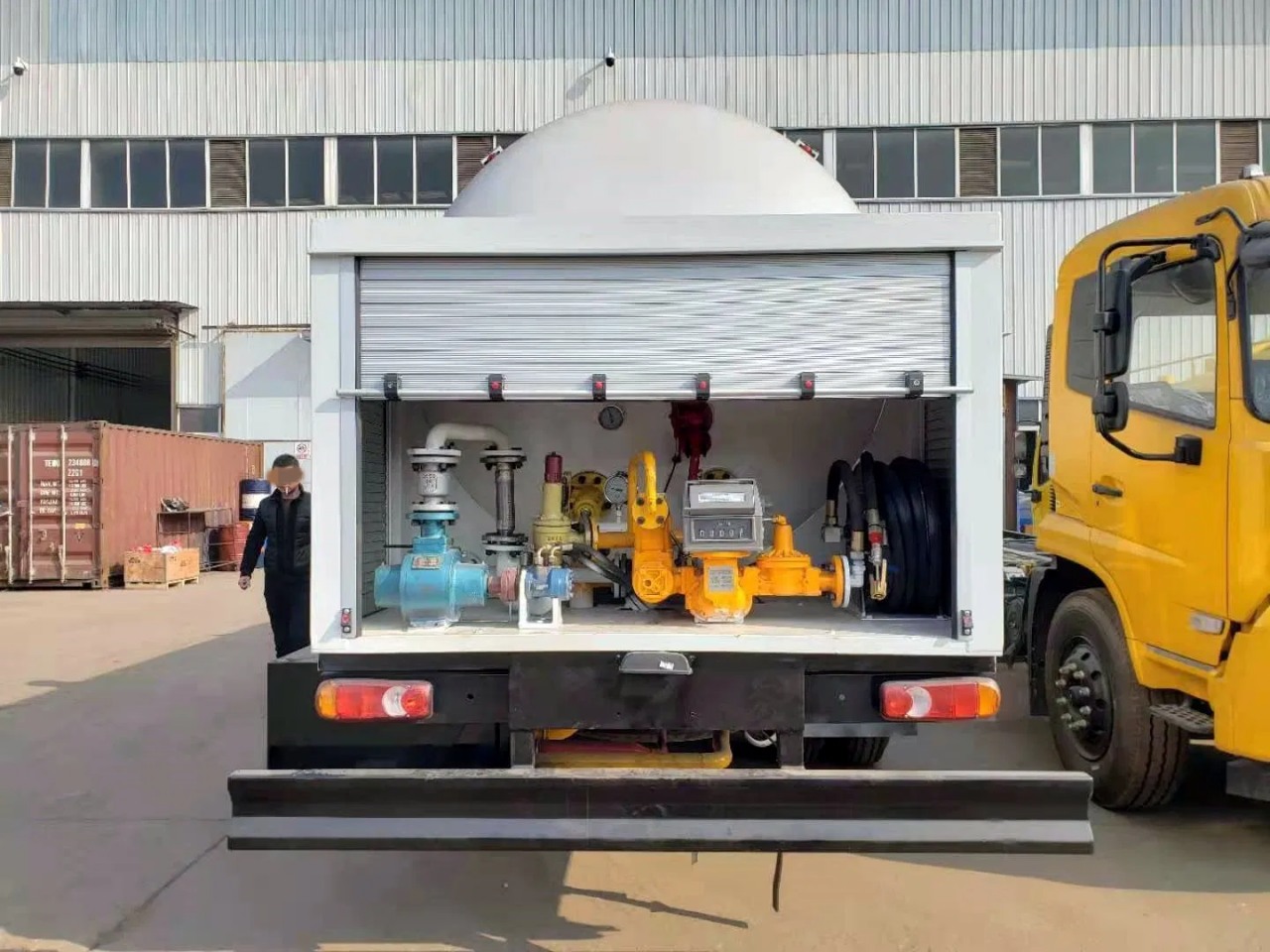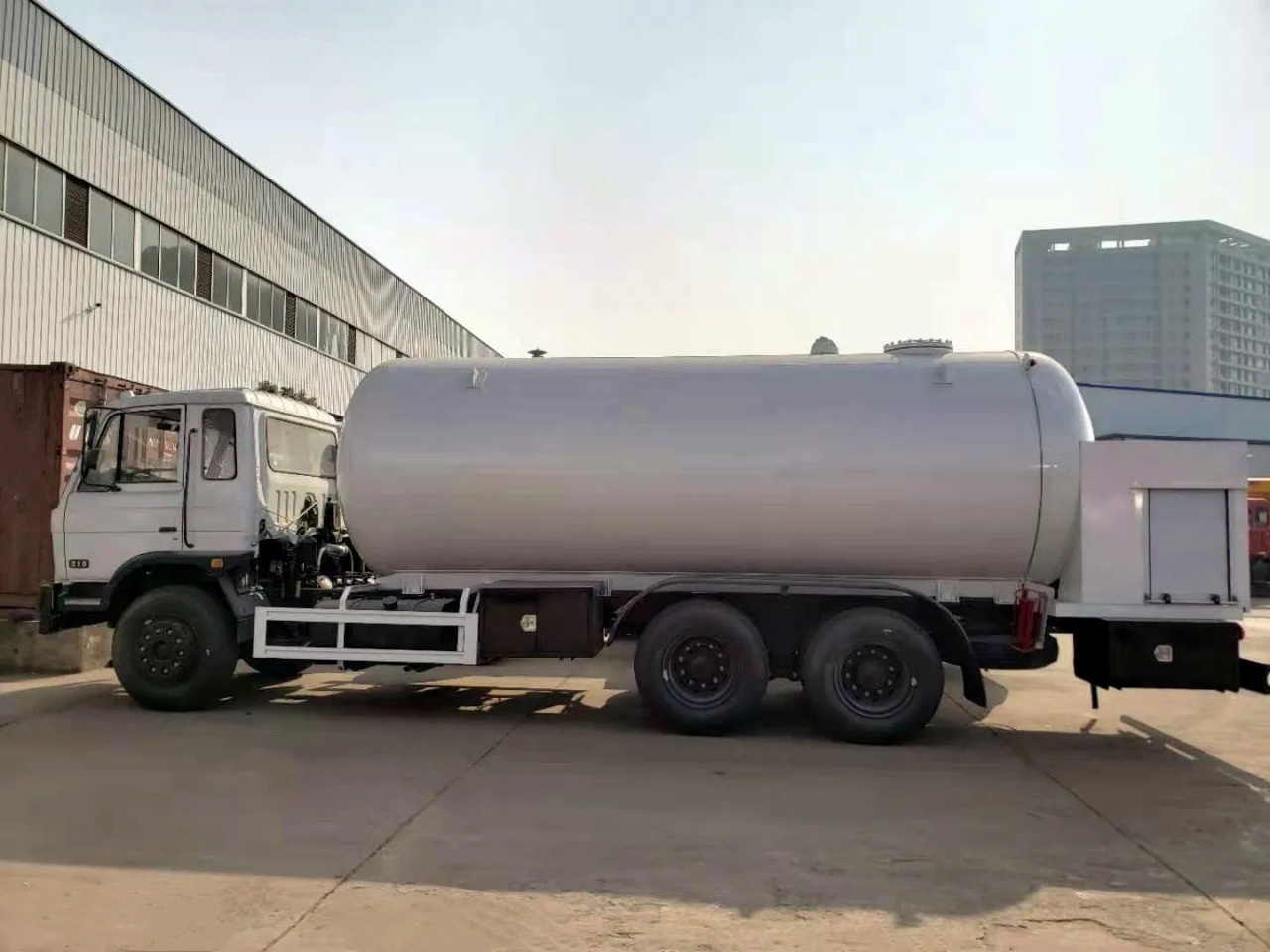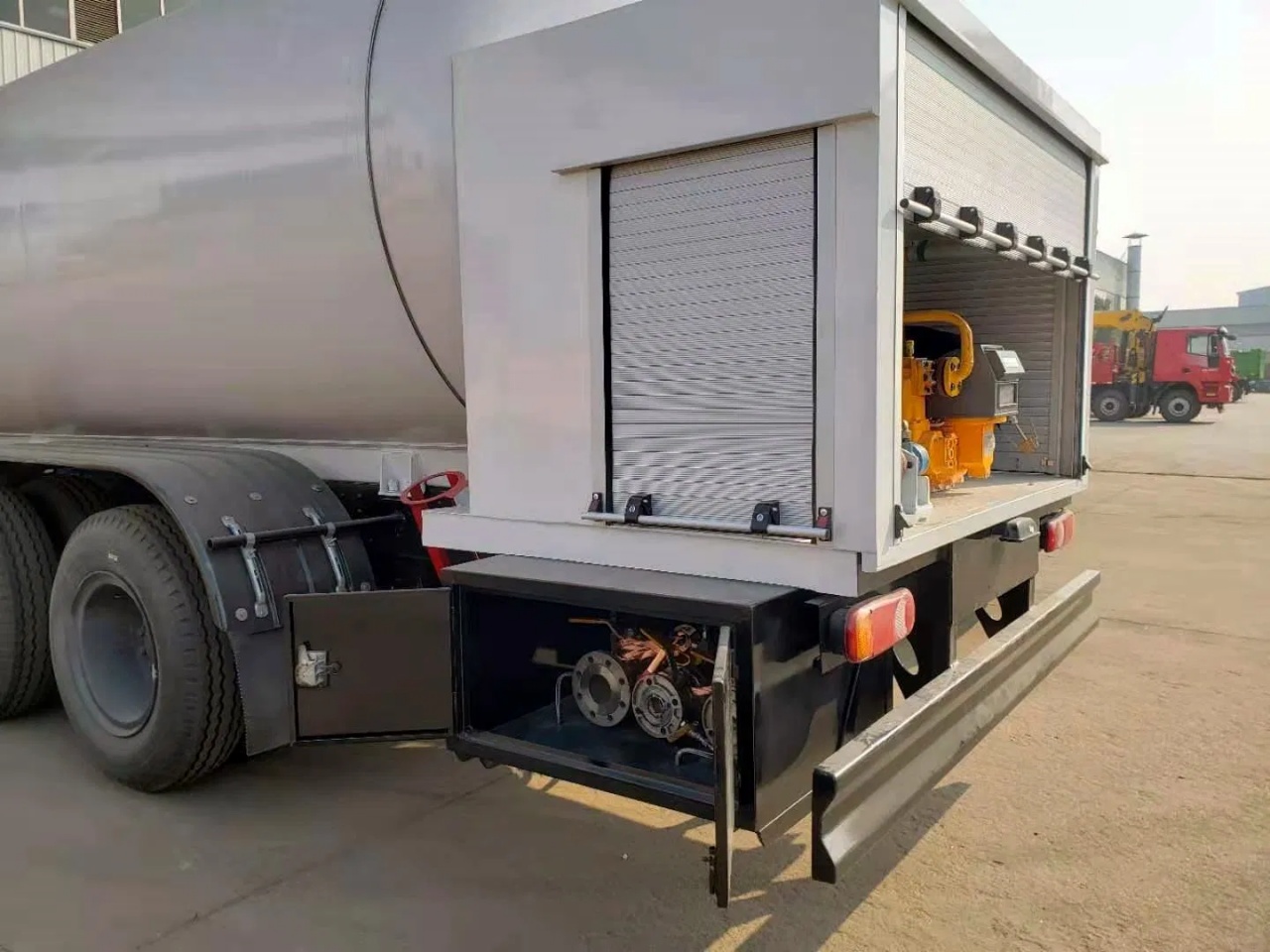Propane is an essential energy source used across residential, commercial, agricultural, and industrial sectors. Delivering this versatile fuel safely and efficiently requires specialized vehicles known as propane delivery trucks, or bobtail trucks. A common question that arises, especially among those involved in logistics, regulatory compliance, or simply curious observers, is: How heavy is a propane delivery truck?
The answer to this question is more nuanced than a single number. The total weight of a propane delivery truck depends on a variety of factors, including the chassis type, tank capacity, amount of propane being carried, and the specific equipment installed. This article breaks down these variables to give you a clear picture of what contributes to the weight of a propane delivery truck and why that matters.
1. Understanding Propane Delivery Trucks (Bobtail Trucks)
Before diving into the numbers, it’s important to understand what makes up a propane delivery truck. These trucks are typically medium-duty or heavy-duty commercial vehicles that have been modified to carry and dispense liquefied petroleum gas (LPG), primarily propane.
Key components include:
- Truck chassis: The base vehicle, which includes the frame, engine, transmission, and wheels.
- Tank (vessel): A cylindrical steel tank specially designed to hold pressurized propane.
- Pumping system: Includes a pump, motor, meter, and hose reel to safely transfer propane to customer tanks.
- Safety systems: Emergency shut-off valves, pressure relief devices, and other safety features are mandatory.
These components collectively contribute to the overall weight of the truck.
2. Types of Weights Defined
To understand the weight of a propane truck, it’s essential to distinguish between different types of weight measurements:
- Curb weight: The weight of the truck without cargo or passengers but with standard equipment and fluids (oil, fuel, coolant).
- GVWR (Gross Vehicle Weight Rating): The maximum total weight the truck is rated to safely carry, including the vehicle itself, propane, equipment, and driver.
- Payload capacity: The difference between GVWR and the curb weight, essentially, is how much propane and equipment the truck can legally carry.
- Gross vehicle weight (GVW): The actual total weight of the vehicle at any given time when loaded.
3. Typical Weight of a Propane Delivery Truck
Propane delivery trucks vary in size, but a standard medium-duty bobtail has a tank capacity ranging from 1,500 to 3,500 gallons. Here’s a breakdown of typical weight figures:
Empty Truck Weight (Curb Weight)
- Light-duty (1,500-gallon tank): ~16,000 to 19,000 lbs
- Medium-duty (2,000–2,600-gallon tank): ~19,000 to 24,000 lbs
- Heavy-duty (3,000–3,500-gallon tank): ~25,000 to 30,000 lbs
The variation depends on the make and model of the chassis, tank construction (typically steel or aluminum), and onboard equipment.
Weight of Propane Cargo
Propane weighs approximately 4.24 lbs per gallon at 60°F. Therefore, a fully loaded truck will carry:
- 1,500 gallons: 6,360 lbs of propane
- 2,600 gallons: 11,024 lbs of propane
- 3,500 gallons: 14,840 lbs of propane
Fully Loaded Weight (GVW)
Combining the empty truck weight and the full load of propane gives us:
- 1,500-gallon truck: ~22,000 to 25,500 lbs
- 2,600-gallon truck: ~30,000 to 35,000 lbs
- 3,500-gallon truck: ~39,000 to 45,000 lbs
As you can see, fully loaded propane trucks can weigh well over 20 tons, especially at the larger end of the spectrum.
4. Legal Weight Limits and DOT Regulations
In the United States, the Federal Highway Administration (FHWA) and the Department of Transportation (DOT) regulate commercial vehicle weight limits. The standard weight limit for vehicles on most U.S. highways is 80,000 lbs GVWR, although some states may permit higher loads with special permits.
Most propane bobtails are designed to operate under the 33,000-lb GVWR threshold, which classifies them as medium- or heavy-duty commercial vehicles. This also affects licensing—drivers typically need a CDL (Commercial Driver’s License) with a hazardous materials (HazMat) endorsement to operate these vehicles.
5. Why Truck Weight Matters
Understanding the weight of a propane delivery truck is important for several reasons:
A. Safety
Overloaded trucks are a serious safety hazard. They are harder to control, take longer to stop, and can damage roadways or infrastructure. Knowing the weight helps ensure the truck is operated within safe limits.
B. Regulatory Compliance
Trucks must comply with federal and state weight laws to avoid fines or penalties. This includes proper documentation and placarding, particularly because propane is classified as a hazardous material.
C. Roadway Wear and Tear
Heavier trucks cause more wear on roads, which is a concern for local governments. This is why many areas have weight restrictions on certain roads, bridges, and during certain seasons.
D. Fuel Efficiency and Costs
Heavier trucks consume more fuel. Understanding weight helps companies optimize delivery routes and tank capacities to reduce fuel costs and increase efficiency.
6. Specialized Configurations and Their Impact on Weight
Some propane delivery trucks are custom-built for specific terrains or customer needs. For instance:
- Off-road bobtails with 4×4 or 6×6 configurations and ruggedized tanks will weigh more.
- Aluminum tanks are lighter than steel but cost more.
- Trucks may be fitted with additional equipment like electronic meters, dual hose reels, or bulk delivery systems, which can add hundreds of pounds.
Each of these variations influences the total weight and how the vehicle is classified and operated.
7. Final Thoughts
So, how heavy is a propane delivery truck? Depending on the tank size and configuration, a propane bobtail truck can weigh anywhere from 16,000 lbs empty to over 45,000 lbs fully loaded. While exact figures depend on many variables, understanding the weight range is essential for safe operation, regulatory compliance, and efficient logistics.
Whether you’re managing a fleet, driving 1 of these trucks, or simply curious about how your propane gets delivered, knowing the weight dynamics of these specialized vehicles provides a window into the world of hazardous materials transport—a blend of engineering, safety, and logistics at work every day.





